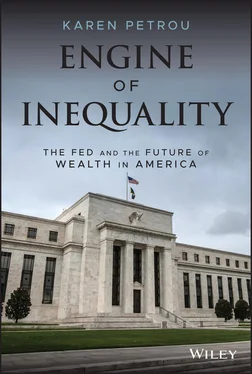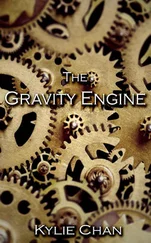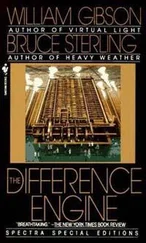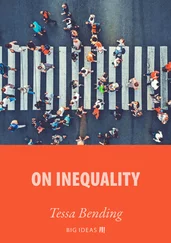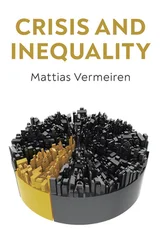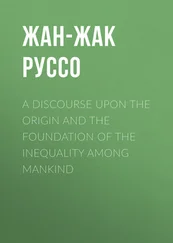In 2019, the wealth of the top 10 percent was 19 percent higher than it was before the crisis, even taking stock-price declines in late 2018 into account. Middle-income family wealth was still below where it was before the financial crisis and lower-income families lost 16 percent of their pre-crisis wealth (not much to start with, of course).
From 2010 to 2016, the median income of the highest-earning Americans grew 14.7 percent 51 and their median net worth grew 24.3 percent in real terms. 52 During the same period, middle-class median income grew only 4.2 percent 53 and their wealth rose 12 percent. 54 In fact, the middle class's recovery from the financial crisis was so tepid – particularly when compared to that of the most well off, as shown in Figures 2.2and 2.3– that middle-class median income in 2016 remained 2.6 percent below its 2001 level and median wealth was 5.5 percent less.
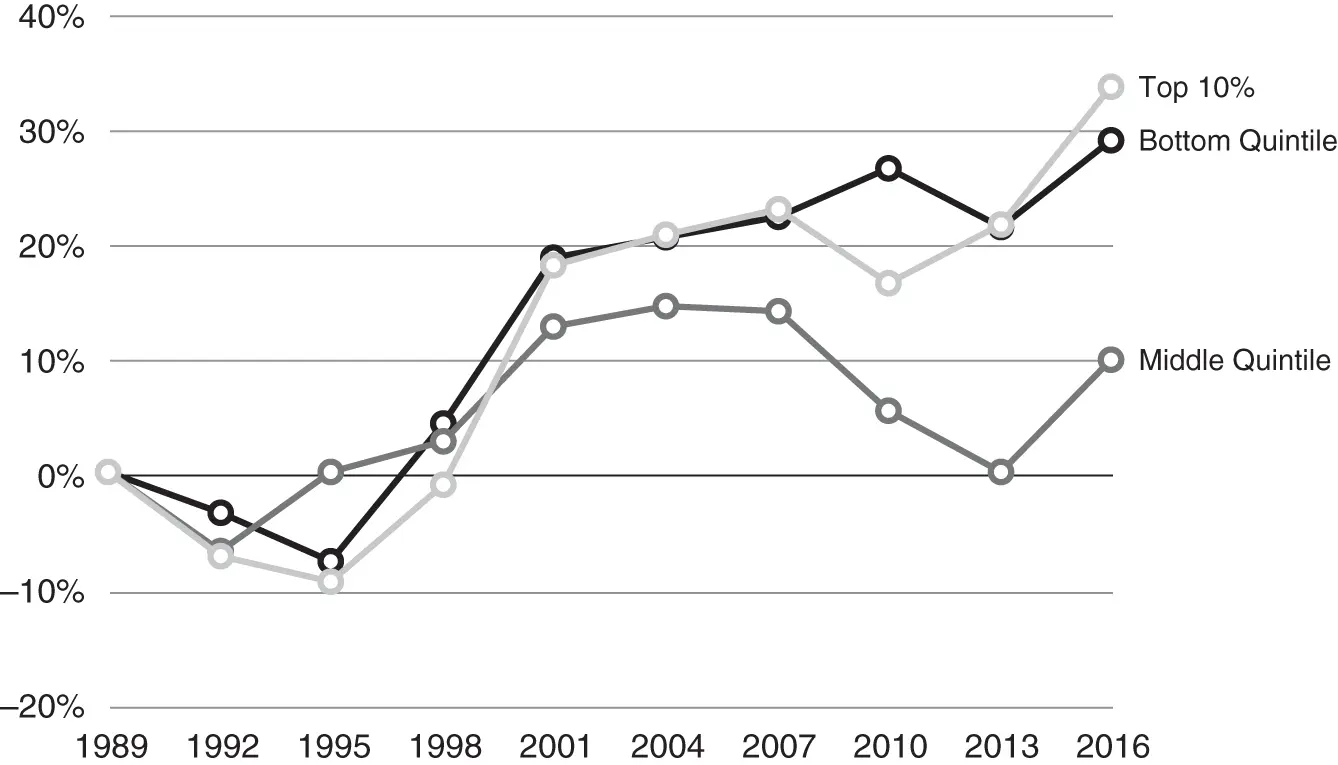
Figure 2.2 Growth in Real Income for Select Income Groups, 1989–2016
Source: FRB Survey of Consumer Finances (2016).
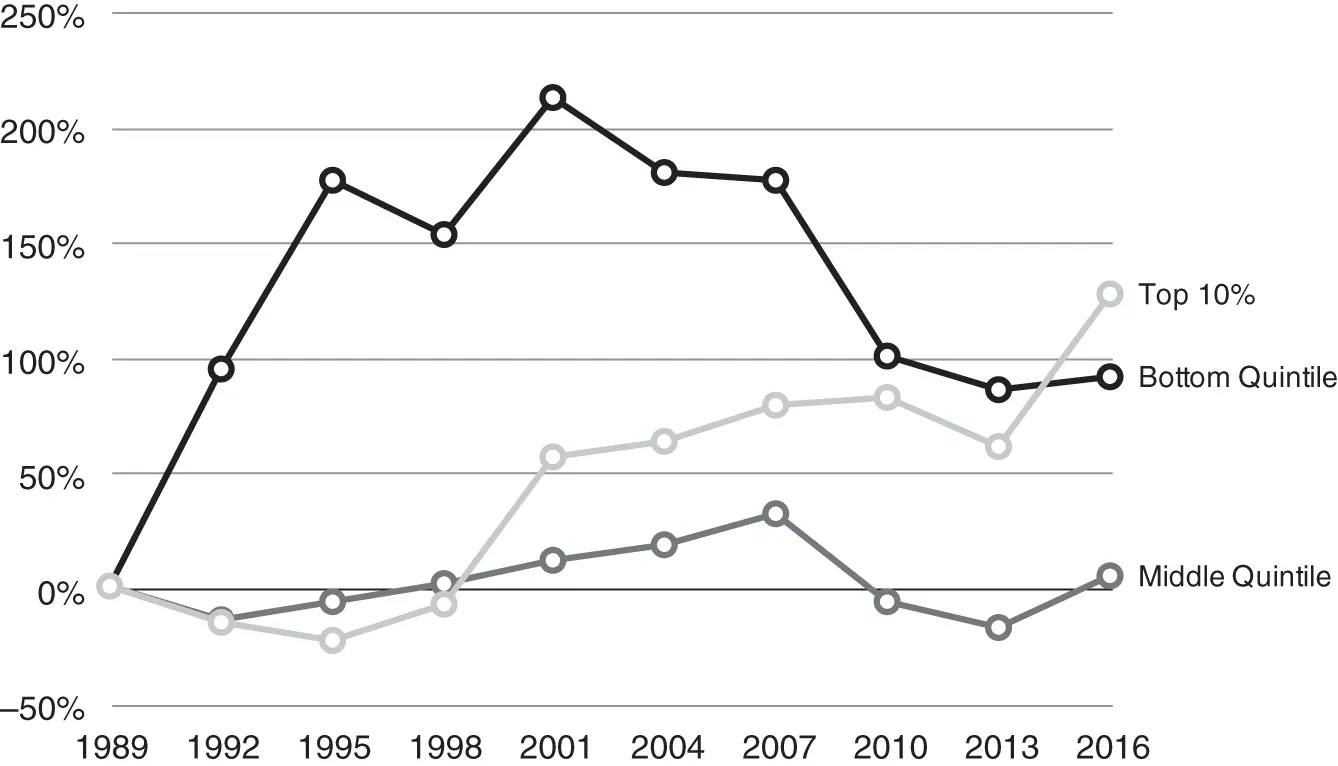
Figure 2.3 Growth in Real Wealth for Select Income Groups, 1989–2016
Source: FRB Survey of Consumer Finances (2016).
Things are even worse for those further down the income distribution – both of the bottom two quintiles' median wealth in 2016 was less than two-thirds what it was in 2001. Being upper-middle class is no respite either; median wealth of this group in 2016 was almost 14 percent lower than it was in 2001.
Nothing else changed that much so fast with so much impact on money and thus on who gets how much of it. Why, what's next, and how to avert it are the subject of the rest of this book.
1 * President Donald J. Trump, “Remarks by President Trump at the World Economic Forum” (January 21, 2020), available at https://www.whitehouse.gov/briefings-statements/remarks-president-trump-world-economic-forum-davos-switzerland/.
2 1. Board of Governors of the Federal Reserve System (FRB), “Distribution of Household Wealth in the U.S. since 1989,” DFA: Distributional Financial Accounts, updated December 23, 2019, available at https://www.federalreserve.gov/releases/z1/dataviz/dfa/distribute/chart/.
3 2. Alina K. Bartscher, Moritz Kuhn, Moritz Schularick, and Ulrike I. Steins, “Modigliani Meets Minsky: Inequality, Debt, and Financial Fragility in America, 1950–2016,” Federal Reserve Bank of New York Staff Report No. 924 (May 2020), available at https://www.newyorkfed.org/medialibrary/media/research/staff_reports/sr924.pdf.
4 3. Joint Center for Housing Studies of Harvard University (JCHS Harvard), “The State of the Nation's Housing 2019,” 11 (June 25, 2019), available at https://www.jchs.harvard.edu/sites/default/files/Harvard_JCHS_State_of_the_Nations_Housing_2019.pdf.
5 4. Federal Reserve Bank of New York (FRBNY) Research and Statistics Group, “Quarterly Report on Household Debt and Credit 2019: Q4,” FRBNY Center for Microeconomic Data, 3 (February 2020), available at https://www.newyorkfed.org/medialibrary/interactives/householdcredit/data/pdf/HHDC_2019Q4.pdf.
6 5. FRB, “Report on the Economic Well-Being of U.S. Households in 2019, Featuring Supplemental Data from April 2020,” 21 (May 14, 2020), available at https://www.federalreserve.gov/publications/files/2019-report-economic-well-being-us-households-202005.pdf.
7 6. Ibid., 22.
8 7. Bruce D. Meyer and James X. Sullivan, “Consumption and Income Inequality in the U.S. Since the 1960s,” AEI Economics Working Paper 2017-16 (August 2017), available at http://www.aei.org/publication/consumption-and-income-inequality-in-the-us-since-the-1960s/.
9 8. Jonathan Fisher, David Johnson, Timothy Smeeding, and Jeffrey P. Thompson, “Estimating the Marginal Propensity to Consume Using the Distributions of Income, Consumption, and Wealth,” Federal Reserve of Boston Department Working Paper 19-4 (February 2019), available at https://www.bostonfed.org/publications/research-department-working-paper/2019/estimating-the-marginal-propensity-to-consume-using-the-distributions-income-consumption-wealth.aspx.
10 9. Jonathan Fisher, David Johnson, Timothy Smeeding, and Jeffrey Thompson, “Inequality in 3-D: Income, Consumption, and Wealth,” FRB Finance and Economics Discussion Series (FEDS) 2018-001, available at https://www.federalreserve.gov/econres/feds/files/2018001pap.pdf.
11 10. Jesse Bricker an Alice Henriques Volz, “Wealth concentration levels and growth: 1989–2016,” FEDS Notes, FRB (February 20, 2020), available at https://www.federalreserve.gov/econres/notes/feds-notes/wealth-concentration-levels-and-growth-1989-2016-20200220.htm.
12 11. FRB, “Report on the Economic Well-Being of U.S. Households in 2019,” 11.
13 12. FRB Gov. Lael Brainard, Speech at “Renewing the Promise of the Middle Class,” 2019 Federal Reserve System Community Development Research Conference, Washington, DC: Is the Middle Class within Reach for Middle-Income Families? (May 10, 2019), available at https://www.federalreserve.gov/newsevents/speech/brainard20190510a.htm.
14 13. Census Bureau, “Table H-3. Mean Household Income Received by Each Fifth and Top 5 Percent,” Historical Income Tables: Income Inequality, accessed February 27, 2020, available at https://www.census.gov/data/tables/time-series/demo/income-poverty/historical-income-inequality.html.
15 14. Ibid.
16 15. Ibid.
17 16. Census Bureau, “Table H-2. Share of Aggregate Income Received by Each Fifth and Top 5 Percent of Households,” Historical Income Tables: Income Inequality, accessed February 27, 2020, available at https://www.census.gov/data/tables/time-series/demo/income-poverty/historical-income-inequality.html.
18 17. Facundo Alvaredo, Lucas Chancel, Thomas Piketty, Emmanuel Saez, and Gabriel Zucman, “World Inequality Report 2018,” World Inequality Lab, 80 (December 2017), available at https://wir2018.wid.world/files/download/wir2018-full-report-english.pdf.
19 18. Ibid.
20 19. Ibid.
21 20. Congressional Budget Office (CBO), “Projected Changes in Distribution of Household Income, 2016-2021,” 5 (December 2019), available at https://www.cbo.gov/system/files/2019-12/55941-CBO-Household-Income.pdf.
22 21. Ibid.
23 22. Juliana Menasce Horowitz, Ruth Igielnik, and Rakesh Kochhar, “Most Americans Say there Is Too Much Economic Inequality in the U.S., But Fewer than Half Call It a Top Priority” (January 9, 2020), available at https://www.pewsocialtrends.org/2020/01/09/trends-in-income-and-wealth-inequality/.
24 23. Ibid.
25 24. Ibid.
26 25. Emily Dohrman and Bruce Fallick, “Is the Middle Class Worse Off than It Used to Be?” Federal Reserve Bank of Cleveland Economic Commentary 2020-03 (February 12, 2020), available at https://www.clevelandfed.org/en/newsroom-and-events/publications/economic-commentary/2020-economic-commentaries/ec-202003-is-middle-class-worse-off.aspx.
27 26. FRB, “Distribution of Household Wealth in the U.S. since 1989.”
28 27. Ibid.
29 28. Ibid.
30 29. Kuhn, Schularick, and Steins, “Income and Wealth Inequality in America, 1949–2016,” 33.
31 30. Ibid.
32 31. Ibid.
33 32. Jonathan Heathcote, Fabrizio Perri, and Giovanni L. Violante, “The Rise of US Earnings Inequality: Does the Cycle Drive the Trend?” Federal Reserve Bank of Minneapolis Staff Report No. 604 (June 2020), available at https://www.minneapolisfed.org/research/staff-reports/the-rise-of-us-earnings-inequality-does-the-cycle-drive-the-trend.
Читать дальше
